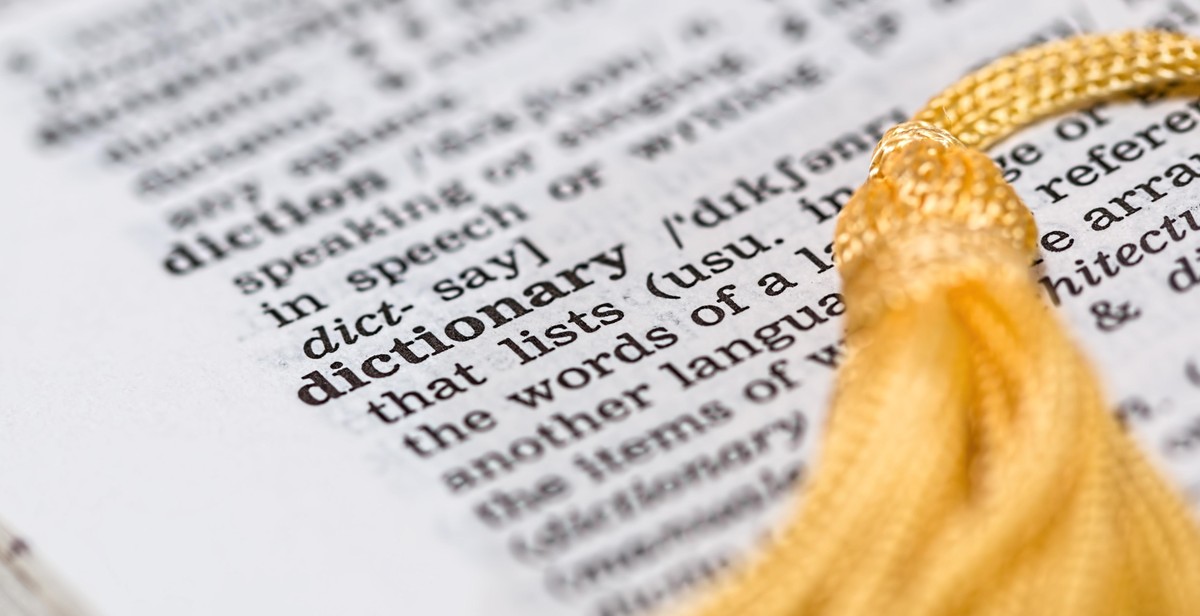How to Learn a Language through Music: Using Songs to Improve Language Skills
Learning a new language can be a daunting task, but it doesn’t have to be boring and tedious. One fun and effective way to improve your language skills is through music. Listening to and singing along with songs in your target language can help you learn new vocabulary, improve pronunciation, and even understand grammar rules in context.
In this article, we will explore the benefits of using music as a language learning tool and provide tips on how to incorporate songs into your language learning routine. We will also discuss the different types of songs that are most effective for language learning and provide examples of popular songs in various languages.
The Benefits of Learning a Language through Music
Music engages multiple areas of the brain, making it easier to remember information and retain new vocabulary. When you listen to songs in your target language, you are exposed to natural pronunciation and intonation, which can help improve your own speaking skills. Additionally, songs often contain repetitive phrases and common grammar structures, allowing you to understand these concepts in context.
Tips for Using Songs to Improve Language Skills
- Choose songs that are enjoyable and interesting to you.
- Listen to the song multiple times to familiarize yourself with the melody and lyrics.
- Sing along with the song to practice pronunciation and intonation.
- Look up the lyrics and translate unfamiliar words or phrases.
- Create your own language learning exercises based on the lyrics (e.g. fill in the blanks, match the translations).
Types of Songs for Language Learning
Not all songs are created equal when it comes to language learning. Some types of songs are more effective than others. For example, children’s songs and folk songs often use simple vocabulary and repetitive phrases, making them ideal for beginners. Pop songs and rap songs, on the other hand, can be more challenging due to their fast pace and use of slang and colloquialisms.
| Type of Song | Best for | Examples |
|---|---|---|
| Children’s songs | Beginners | “Frère Jacques” (French), “De Colores” (Spanish) |
| Folk songs | Beginners | “Scarborough Fair” (English), “Guantanamera” (Spanish) |
| Pop songs | Intermediate/Advanced | “Despacito” (Spanish), “Gangnam Style” (Korean) |
| Rap songs | Advanced | “99 Problems” (English), “Ich bin ein Berliner” (German) |

Why Use Music to Learn a Language?
Learning a new language can be a daunting task, but incorporating music into your language learning journey can make it a lot more enjoyable and effective. Music-based language learning has been proven to be an effective method for language learners of all levels and ages.
The Benefits of Music-Based Language Learning
Using music to learn a language has a multitude of benefits. Firstly, music can help improve your pronunciation and intonation. When you listen to music in a foreign language, you are exposed to the natural rhythm and melody of the language. This can help you develop a more natural accent and improve your overall fluency.
Additionally, music can help you remember new vocabulary and grammar structures. The repetition of certain phrases and words in a song can help you commit them to memory more easily. This is because music engages both the left and right sides of the brain, making it easier for information to stick.
Music-based language learning can also help improve your listening skills. When you listen to music, you are training your ear to pick up on the nuances of the language. This can help you better understand native speakers and improve your overall comprehension.
How Music Can Improve Language Skills
Music can also improve your language skills in other ways. For example, listening to music can help you learn idiomatic expressions and colloquialisms that are commonly used in everyday speech. This can help you sound more natural when speaking with native speakers.
Additionally, music can help you improve your grammar and syntax. When you listen to songs in a foreign language, you are exposed to proper sentence structure and verb conjugation. This can help you develop a better understanding of the language’s grammar rules.
Overall, music-based language learning is a fun and effective way to improve your language skills. By incorporating music into your language learning routine, you can improve your pronunciation, vocabulary, listening skills, and overall fluency.

Choosing the Right Songs
Choosing the right songs is crucial when it comes to learning a new language through music. Here are some tips to help you select the best songs for your language learning goals:
Identifying Your Learning Goals
Before selecting songs, it’s important to identify your language learning goals. Are you trying to improve your listening comprehension? Do you want to expand your vocabulary? Are you focusing on improving your pronunciation? Once you have identified your goals, you can select songs that will help you achieve them.
Selecting Songs with Clear Pronunciation and Lyrics
When selecting songs, it’s important to choose ones with clear pronunciation and lyrics. This will help you to better understand the words and sounds of the language. Look for songs with slower tempos and simpler vocabulary if you are a beginner. If you are more advanced, you can challenge yourself with faster tempos and more complex lyrics.
Finding Songs That Match Your Current Language Level
It’s important to choose songs that match your current language level. If you are a beginner, start with simple songs that use basic vocabulary and grammar structures. As you progress, you can choose more challenging songs. Listening to songs that are too difficult can be discouraging and hinder your progress.
One way to find songs that match your level is to use language learning apps and websites that provide music recommendations based on your proficiency level. Another option is to ask your language teacher or tutor for song recommendations.
By following these tips, you can choose the right songs to help you learn a new language through music. Remember to have fun and enjoy the process!

How to Use Music to Learn a Language
Learning a new language can be a daunting task, but it doesn’t have to be a boring one. Incorporating music into your language learning routine can be a fun and effective way to improve your language skills. Here are three ways to use music to learn a language:
Listening to Songs for Comprehension
One of the easiest ways to use music to learn a language is by simply listening to songs in the language you are trying to learn. This can help improve your comprehension skills and get you used to hearing the language spoken at a natural pace. Start by listening to songs with simple lyrics and gradually work your way up to more complex songs.
Singing Along to Improve Pronunciation and Intonation
Singing along to songs in the language you are learning can help improve your pronunciation and intonation. Pay attention to how the words are pronounced and try to mimic the singer as closely as possible. This can also help you get used to the rhythm and flow of the language.
Analyzing Lyrics to Expand Vocabulary and Grammar Knowledge
Another way to use music to learn a language is by analyzing the lyrics of the songs you are listening to. Look up the lyrics online and try to identify new vocabulary words and grammar structures. This can help expand your vocabulary and improve your understanding of the language’s grammar rules.
Overall, incorporating music into your language learning routine can be a fun and effective way to improve your language skills. Whether you’re listening for comprehension, singing along to improve pronunciation, or analyzing lyrics to expand your vocabulary and grammar knowledge, music can help make the language learning process more enjoyable.

Tools and Resources for Music-Based Language Learning
Language Learning Apps with Music-Based Features
With the rise of technology, language learning has become more accessible than ever before. Language learning apps have made it easy for learners to practice their language skills anytime and anywhere. Here are some language learning apps that incorporate music-based features:
- Duolingo: This popular language learning app has a feature called “Duolingo Stories” which uses music to help learners improve their listening skills. Each story is narrated by a native speaker and accompanied by music that enhances the learning experience.
- LyricsTraining: This app is perfect for learners who want to improve their listening and comprehension skills. It uses music videos and lyrics to provide an interactive language learning experience. Learners can choose their favorite songs and practice listening to them while simultaneously reading the lyrics.
- Babbel: Babbel offers language courses that use music to help learners improve their vocabulary and pronunciation. The app also has a feature called “Babbel Mix” which allows learners to create their own language learning playlists.
Online Resources for Finding Language Learning Music
Aside from language learning apps, there are also plenty of online resources that learners can use to find music to help them improve their language skills. Here are some websites that offer language learning music:
| Website | Description |
|---|---|
| LyricsTraining | This website offers a collection of music videos with lyrics in multiple languages. Learners can choose their favorite songs and practice listening and reading comprehension skills. |
| LyricsGaps | This website offers a fun and interactive way to practice listening and comprehension skills. Learners can choose a song and fill in the gaps in the lyrics while listening to the music. |
| FluentU | FluentU offers a variety of language learning resources, including music videos with interactive subtitles. Learners can click on any word in the subtitle to get a definition and hear the pronunciation. |
By using these tools and resources, learners can make language learning more fun and engaging. Incorporating music into language learning can also help learners improve their listening, comprehension, vocabulary, and pronunciation skills.

Conclusion
Learning a new language can be a daunting task, but incorporating music into your language learning journey can make the process more enjoyable and effective. By listening to songs, singing along, and analyzing the lyrics, you can improve your vocabulary, grammar, and pronunciation skills.
When choosing songs to listen to, it is important to select ones that match your language level and interests. You can also use online resources to find lyrics and translations, as well as language learning apps that incorporate music into their lessons.
It is important to note that while music can be an effective tool for language learning, it should not be the only method used. Incorporating other resources such as textbooks, language exchange programs, and immersion experiences can also help you improve your language skills.
Overall, using songs to learn a language can be a fun and engaging way to supplement your language learning journey. With dedication and consistent practice, you can use music to enhance your language skills and become more confident in your ability to communicate in a new language.
| Pros | Cons |
|---|---|
| Fun and engaging way to learn a language | Should not be the only method used for language learning |
| Improves vocabulary, grammar, and pronunciation skills | May be difficult to find appropriate songs for language level and interests |
| Online resources and language learning apps make it easy to access song lyrics and translations | Requires dedication and consistent practice to see results |
